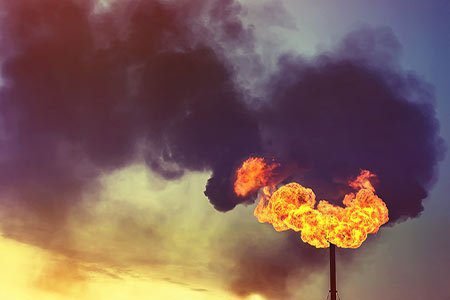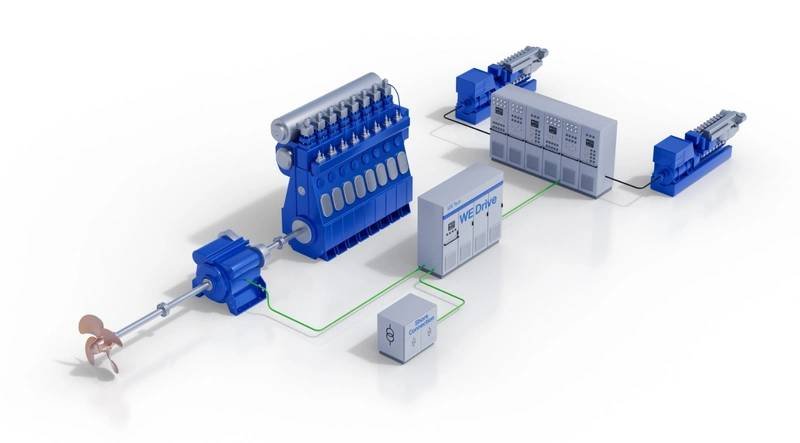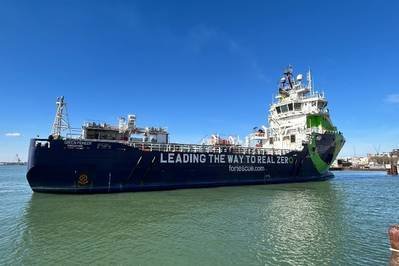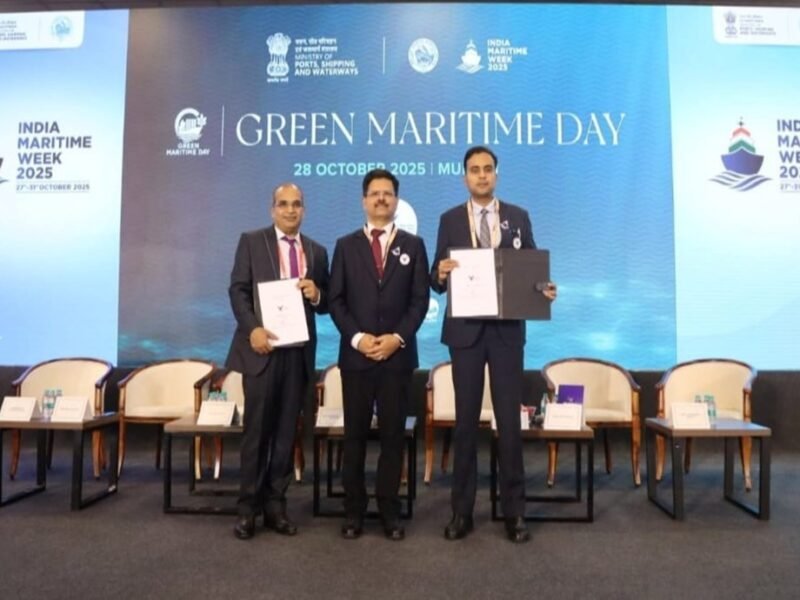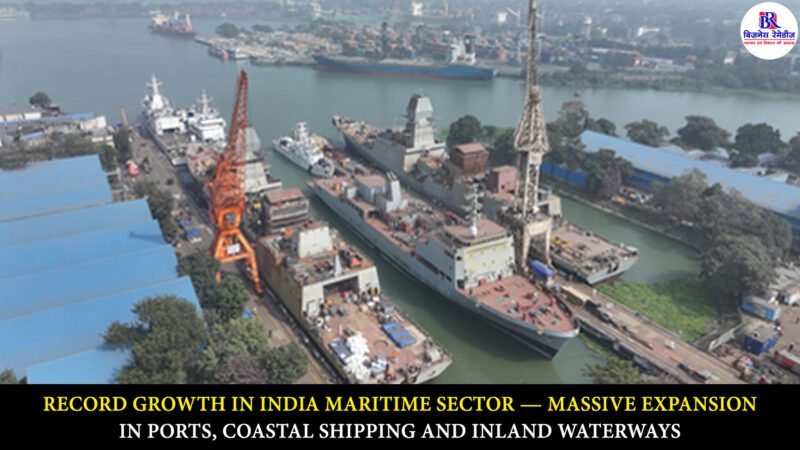The Methane Abatement in Maritime Innovation Initiative (MAMII) has introduced a new consultation protocol to promote methane reductions in the shipping industry. The Methane Measurement Protocol (MMP) is a pioneering effort to establish a universal method for measuring methane emissions. By providing a practical system for crediting, validating, and certifying methane performance, this initiative aims to support the global shipping sector in reducing methane emissions.
Led by Panos Mitrou, MAMII Chair and Global Gas Director at Lloyd’s Register, the MMP builds on established frameworks like those from the International Organization for Standardization (ISO) and the International Maritime Organization’s NOx code. The protocol, released for public consultation, aims to create a consistent approach to measuring and crediting methane emissions performance, essential for actively reducing methane emissions in the shipping industry. The MMP includes five testing scenarios for methane certification, ranging from controlled environment testing to continuous emissions monitoring onboard ships.
Established in 2022 and led by Safetytech Accelerator, MAMII focuses on addressing methane emissions from ships using LNG as fuel. By uniting industry leaders, tech innovators, and maritime stakeholders, the initiative aims to advance technologies that monitor, measure, and mitigate methane emissions. An industry consultation workshop will be held at Gastech in Houston on September 17, providing an opportunity for stakeholders to engage with the initiative. Methane, as a potent greenhouse gas, is the second-largest contributor to climate warming after CO2.


